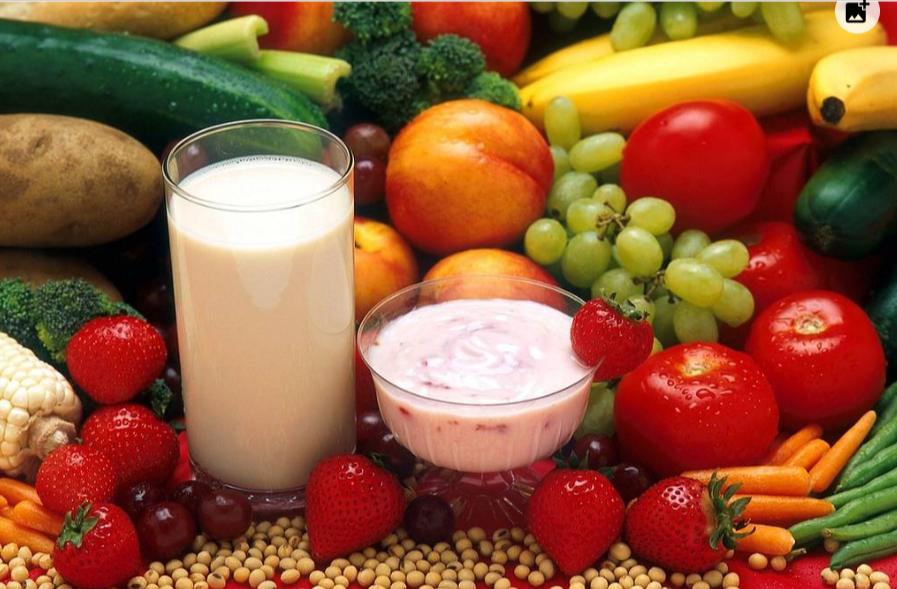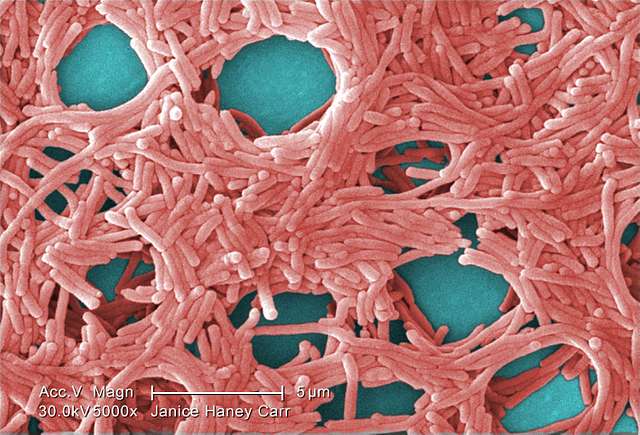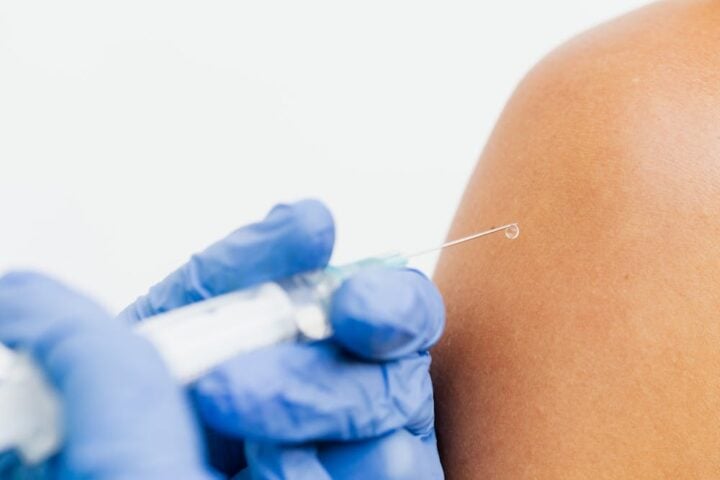In the crucial early years when tiny bodies are developing at warp speed, most Indian kids aren’t getting the nutritional variety their growing brains and bodies desperately need. A recent study analyzing National Family Health Survey data (NFHS-5, 2019-21) reveals a concerning reality: 77% of Indian children aged 6-23 months lack minimum dietary diversity according to World Health Organization standards.
While this represents progress from the 87.4% reported in 2005-06 (NFHS-3), it means roughly 4 out of 5 babies and toddlers across India still face potential nutritional gaps during their most critical developmental window.
What Exactly Is “Dietary Diversity” and Why Does It Matter?
The WHO has a specific benchmark called Minimum Dietary Diversity (MDD). A child’s diet passes this test when they consume foods from at least five different food groups in a 24-hour period. These groups include:
- Breastmilk
- Grains, roots, and tubers
- Legumes and nuts
- Dairy products
- Meat, fish, and poultry
- Eggs
- Vitamin A-rich fruits and vegetables
- Other fruits and vegetables
“Our study shows that the prevalence of minimum dietary diversity failure remains high (above 75 percent) in India,” the researchers write in the National Medical Journal of India.
This diversity isn’t just about variety — it’s about ensuring babies get the full spectrum of nutrients needed during this critical brain-building, body-developing phase. Each food group contributes different essential nutrients, and missing several groups creates nutritional blind spots that can affect growth and development.
Where You Live Matters: The Geographic Nutrition Gap
Geography plays a major role in a child’s nutritional fate. The study pinpoints striking regional differences:
Highest Risk Regions (80%+ failing dietary diversity):
- Uttar Pradesh
- Rajasthan
- Gujarat
- Maharashtra
- Madhya Pradesh
Better Performing States:
- Sikkim and Meghalaya (both under 50% failure rate)
These dramatic differences suggest that local food systems, cultural practices, and state-level nutrition initiatives likely play significant roles in determining what ends up on a baby’s plate.
Mixed Progress: What’s Getting Better (and Worse) in Baby Diets
Comparing 2019-21 data with 2005-06 reveals some interesting shifts in what Indian babies are eating:
Foods On The Rise:
- Eggs: Jumped from approximately 5% consumption to over 17% — an “impressive” increase according to researchers
- Legumes and nuts: Increased from nearly 14% to over 17%
- Vitamin A-rich fruits and vegetables: Up by 7.3 percentage points
- General fruits and vegetables: Increased by 13 percentage points
- Flesh foods (meat, fish): Rose by 4 percentage points
Foods On The Decline:
- Breastmilk: Dropped from 87% to 85%
- Dairy products: Decreased from 54% to 52%
The decline in breastmilk consumption is particularly concerning given its unique nutritional and immunity benefits during early childhood.
Similar Posts
Who’s Most Vulnerable? The Socioeconomic Nutrition Divide
The study identifies several factors that increase a child’s risk of poor dietary diversity:
- Children of mothers with limited education
- Families living in rural areas
- Children with limited exposure to mass media
- First-born children
- Babies who miss out on counseling and health check-ups at Anganwadi centers
- Children with anemia or low birth weight
This suggests dietary diversity isn’t just about food availability but connects to broader socioeconomic factors, healthcare access, and parental awareness.
The “Zero-Food Children” Crisis
Perhaps most alarming is the “zero-food children” phenomenon uncovered in the data. Approximately 19.3% of children aged 6-23 months consumed no food other than breastmilk in the 24 hours before the survey. This extreme situation is most prevalent in states like Uttar Pradesh and Bihar, where rates are highest.
These children face significantly heightened risks of severe malnutrition, impaired development, and preventable health complications.
Beyond Statistics: Real Health Consequences
Poor dietary diversity during this critical 6-23 month window directly contributes to:
- Stunting (low height-for-age): Indicates chronic undernutrition that can permanently affect physical and cognitive development
- Wasting (low weight-for-height): A sign of acute malnutrition that dramatically increases mortality risk
- Micronutrient deficiencies: Even when calorie intake seems adequate, missing key vitamins and minerals impacts immune function, brain development, and energy levels
- Cognitive limitations: Nutrients like iron, zinc, choline, and essential fatty acids are crucial for proper neural connections and brain development
What Experts Recommend: A Multi-Pronged Approach
To tackle India’s dietary diversity challenge, experts advocate for:
- Strengthening public distribution systems to increase access to varied foods
- Intensifying Integrated Child Development Services (ICDS) programs
- Using mass media and social platforms for targeted nutrition education
- Increasing nutrition counseling through local self-governance bodies
- Focusing interventions on families in poverty, rural areas, and those with low maternal education
- Ensuring regular health check-ups and timely management of anemia and low birth weight
- Addressing food affordability and accessibility, especially in remote areas
The Balanced Nutrition Path
The modest improvement from 87.4% to 77% dietary diversity failure over 15 years shows progress is possible but happening too slowly. For millions of Indian children, nutritional adequacy remains elusive during their most critical developmental window.
The solution requires coordinated action across sectors — from government programs to community initiatives to family-level education. With the right combination of policy implementation, awareness building, and targeted interventions,India can accelerate progress and ensure more children receive the nutritional foundation they need to thrive.
For parents, the message is clear: aim for variety in your baby’s diet once they start complementary foods (around 6 months), continue breastfeeding, and seek guidance from Anganwadi workers or healthcare providers about appropriate foods for each developmental stage. Those small daily food choices add up to big differences in your child’s growth and development.


















